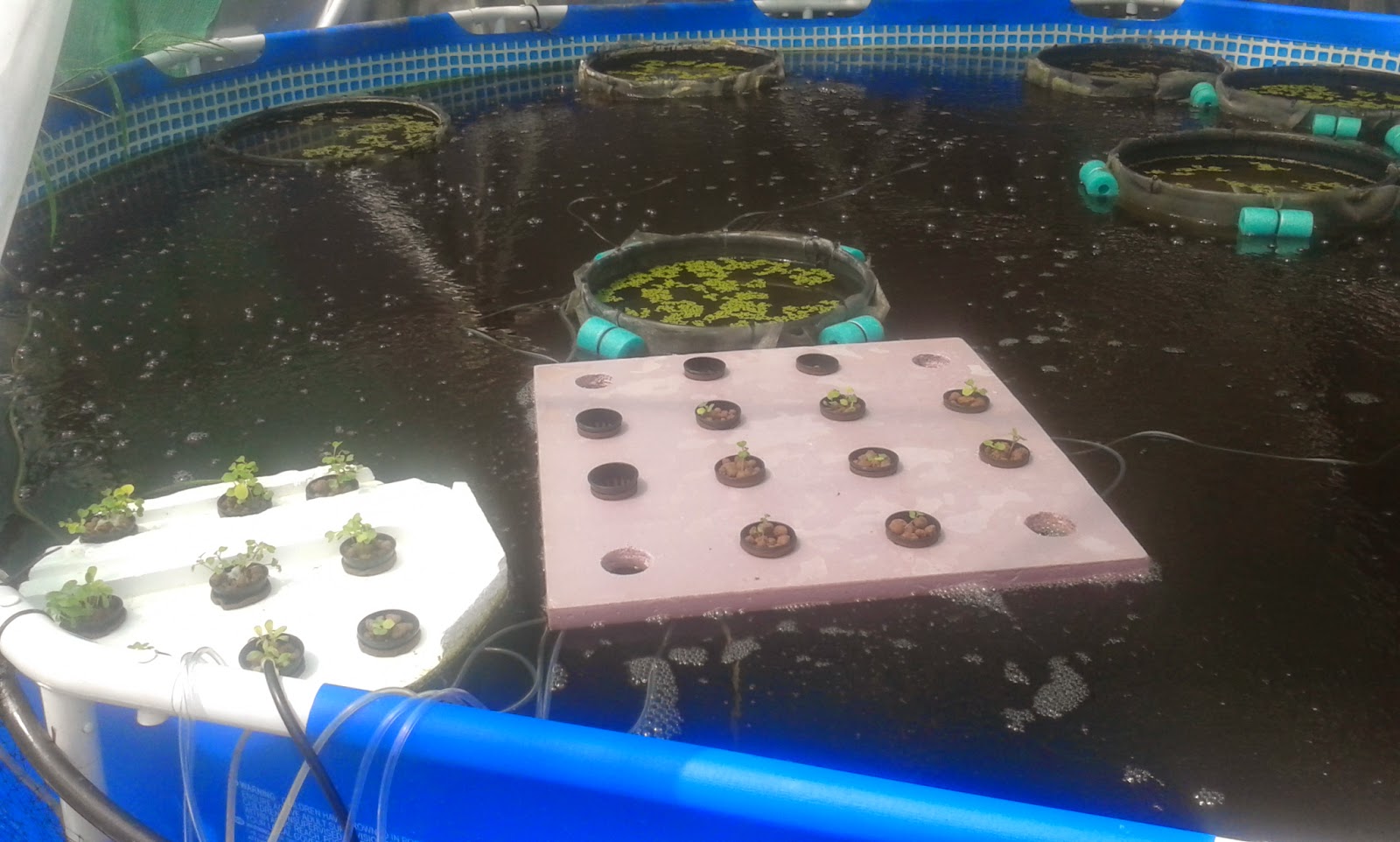What tipped me off in this direction was the experience of harvesting sweet potatoes during some dry times of November. As I pulled the vines that covered the ground densely, I noticed that the ground under the vines was wet and cool while the rest of the garden was suffering from thirst. As I harvested all the potatoes and discarded the vines to the compost pile, the soil where the sweet potatoes were dried out within a day.
Usually regular greens like kale and collards are pretty much done by June. They simply stop growing and wilt away. I accepted that fact as part of Florida growing seasons. But this year I am trying to extend my greens well into the Summer.
The idea is to cover the soil with plants having no empty areas so that the leaves would shade the soil and keep the moisture in while lowering the soil temperature. I am diligently mulching the beds with grass clippings and so far the method works.
The bed above has collards, Buttercrunch lettuce, buckwheat, and bush beans growing together densely, and mulched with a layer of grass clippings about two to three inches deep between the plants. Granted it is not July yet, but we had some over ninety days, and the plants did not wilt. It also helps that this bed gets shade in the afternoon.
The curly leaves in the picture above is Russian Kale. I stumbled upon the seeds at Tractor Supply and just had to try them. It is amazingly juicy and tender kale, and now is my favorite. This kale is interplanted with beans, buckwheat, and broadleaf mustard greens. I am very curious as to what will happen to these beds in the mid-Summer. I am seriously hoping to have enough greens for my salads from these beds; it is definitely a worthy experiment.
















